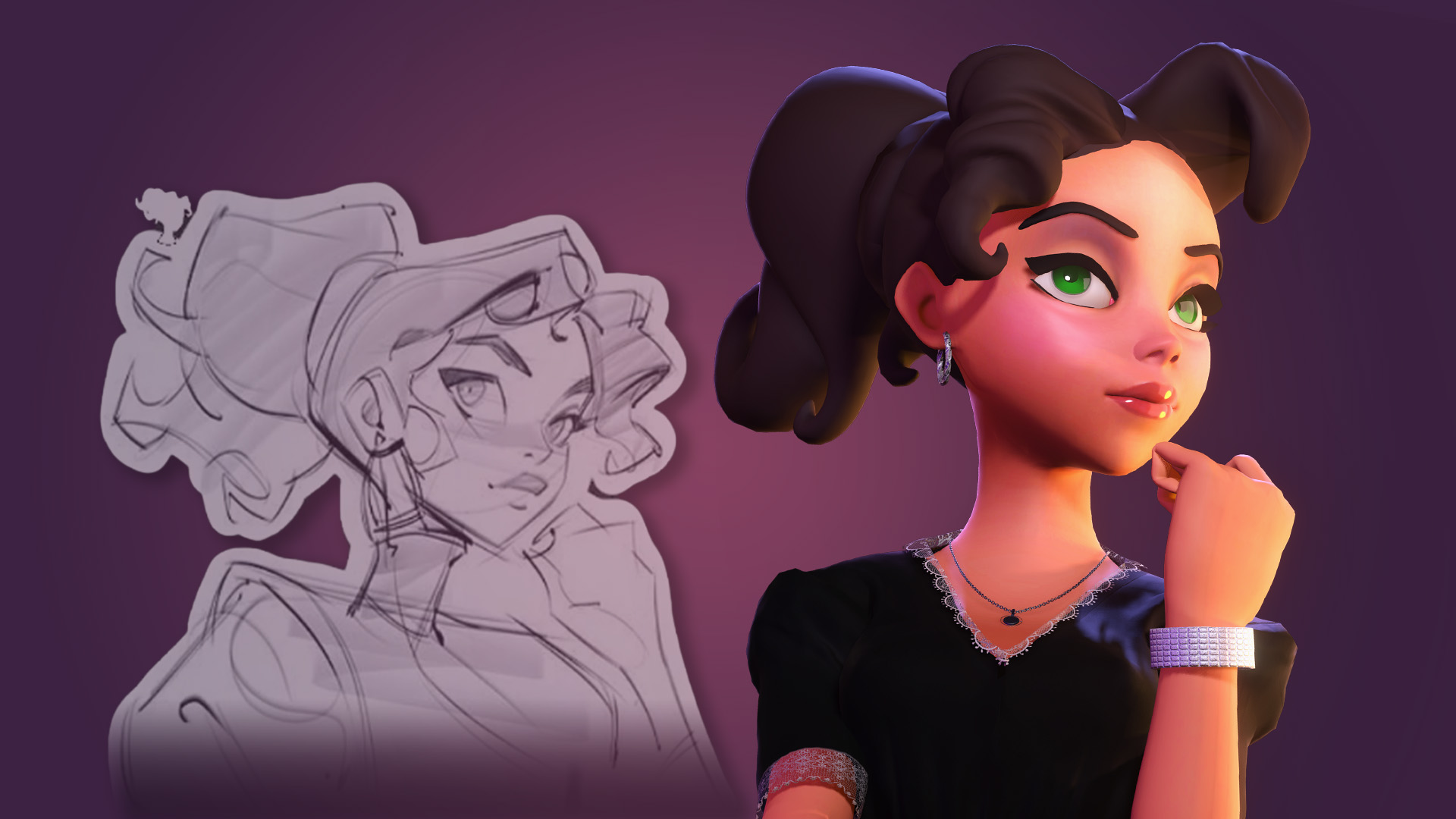

CVO/COO – Lost Boys Interactive
Mark Stefanowicz
- Mark is a AAA Game Studio Veteran.
- Director of Art for Disney’s Epic Mickey and Epic Mickey 2.
- Multi award winning Art Director with 20+ Years of Video Game and Mobile Industry Experience.
Mark Stefanowicz is originally from Chelsea, MA. At a very young age, his parents would see him drawing in their living room, lost in his imagination and creativity. Realizing his potential, Mark’s parents enrolled him at the age of six to the Tringarli School of Art.
After his time in college, Mark began his career. Mark eventually joined Electronic Arts as a Lead Artist and progressed to the position of Art Production Manager for Central Art. In 2011, Mark join Disney to become the Art Director of Disney Epic Mickey, Disney Interactive’s flagship game. Mark went on to become Studio Art Director at Junction Point and oversaw development of Disney Epic Mickey 2 while also engaging with other Disney pillars in the organization, from the Archives to Pixar Animation.
In 2016 Mark decided to go out on his own with his partners and create Lost Boys Interactive. Lost Boys quickly grew to a studio of 16 in 2018, and worked on titles for Square Enix, Digital Extremes and Call of Duty.
“After 22 years of working with AAA Studios (EA Games, Disney) I have been searching for a pipeline that can achieve AAA quality production in a matter of days. Reallusion has that. ”
– Mark Stefanowicz


“I have worked in the games industry for over 22 years for companies like EA and Disney and I have worked with a lot of different pipelines. Reallusion’s pipeline to get AAA quality characters done fast and efficient is amazing. From Rigging to cutting Polys down for in game models is so far the best software I have used. Lost Boys Interactive is very excited to introduce Reallusion’s software to our internal workflow.”
– Mark Stefanowicz
Q: Hello Mark, and welcome to our Feature Stories. Can you tell us, as a developer how have you seen the game character evolve?
I have been in the industry for over 20 years now. The evolution of the character in game has evolved by 1,000%. When I first started, there was little to no facial animations. Our main objective as artists was to try and have the textures not stretch as much as possible on a very low poly characters, as well as polygons popping that would make the character proportions look wrong while animating. Animations were very basic at the time as well.
Today the point of entry is a high end realistic-looking characters with facial expressions. The animations on the character are mostly mocapped, and trying to get little nuances like an ankle pivoting is something that is a must these days or things will just do not look right. It’s amazing to see this industry push the boundaries year by year and I am very excited and humbled to be part of it.

Q: What are the most important elements to get right about game character design?
The first thing is to understand ‘what is the story of your character’. You will have the main gameplay story but to understand what this character has been through in his or her life, and why he or she is wearing the clothes they are wearing, makes the character all that more believable. Is there a telling scar that tells the story of this character’s personality? Is there something they are carrying around with them that tells that back story? But most importantly how do they move? Do they have a limp? Or a certain swagger? All these questions are part of telling a story to the user in order to draw them into the reality of the game.

There are so many other questions to ask yourself when designing a character. The biggest question for me when designing a character is ‘Why would the user want to play him or her’?
Q: What are the biggest misconceptions about game character creation?
That is a great question. I sometimes have heard the saying – “just make the character look cool”. That direction does not always work. My version of a character looking cool is very different than the person sitting beside me.

Always ask yourself what the audience wants, and what you’re going after? It is very hard to break out of the mold of what you just want to create in your head vs what the audience wants. That is why you have a team and surround yourself with smarter people than yourself. They will help bring things to the table that you have never thought about.
What applications do you have in your character creation toolbox?
At Lost Boys Interactive we use all the necessary industry tools like: Maya, Substance Painter, ZBrush, Unreal Engine 4, Marvelous Designer, Photoshop and Reallusion’s Character Creator 3 Pipeline, iClone 7, 3DXchange 7 Pipeline.

Walk us through a recent project, featuring Character Creator, as part of the workflow.
We have been working on a game called The Collapse. Our goal was to get the characters as close to AAA as possible. We had 7 weeks and 6 characters to get done for our trailer and gameplay. I reached out to our friends at Reallusion for help.

We started with Daz3D for a base model, we used Daz models because the geometry was clean and already had all the facial morphs we needed as well as clothes for this project. This was done to help bring in the timeline as it was an aggressive project. We embellished the models and did all of the textures from scratch.

Once we got the main character model out of Daz and into Character Creator 3, we were able to process the character and get her/ him into Unreal Engine 4 within a couple of hours. At the same time we exported the model from Character Creator for our character artist Amber Harty to start embellishing the model in ZBrush and then texture in Substance.

As the art team was working on the character look the programmers were able to work with the character model’s and then we made seamless update to the model as it progressed without any issues.

After we got the quality of the character where we wanted it to be we handed it off to Amie Landry to clean up the facial animations and add personality to them, we captured facial mocap using the new Live Face iPhone plugin in iClone for our cut scenes.
As we started optimizing in Unreal Engine we would go back and forth creating LOD’s and reducing the typology of the characters within minutes.
“This is an amazing part of the workflow, because a process that would traditionally take 2, to 4 months for just 1 x character – With iClone and Character Creator, we were able to do 7 x characters in 6.5 weeks!”
– Mark Stefanowicz
What were some of the biggest challenges you faced in this project?
Some of the issues we had was getting use to the process and integrating Reallusion’s pipeline into our workflow. We had never done this before as a collective team, so there were some pivots in how we handled things. We had amazing support from Reallusion which made things go so much faster.
Hat’s off to Enoc Burgos (Partnership Marketing Manager) and his team for their amazing support. I must say that after the learning curve, which was not much at all, it was very quick to integrate into our workflow. As I was saying we did 6 characters in 7 weeks.
Could you offer some tips for avoiding these pitfalls?
I would say to spend a week going through every tutorial Reallusion has put together. Do not watch one and then struggle, or think you know everything. There is a lot of cool things the tools can do that you could miss. Reallusion has put together a lot of documentation, so utilize it.
Also plan and write out your workflow so you and your team know the path your going down. Talking it out really helps for early gotchas
What are you folks working on at the moment?
We are constantly improving The Collapse as well 2 other titles we are working on. We are hoping to integrate a lot of what Reallusion has to offer in most of our productions.














